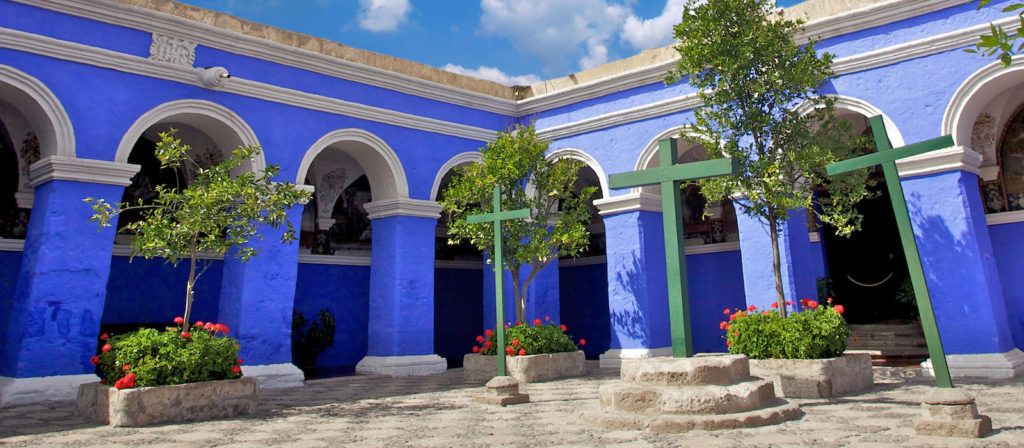Arequipa is Peru’s second city. Between 1835 and 1883 Arequipa served as the capital of Peru, a distinction it gained due to it’s important economic, industrial and administrative role in the country’s development. Founded in 1540, Arequipa maintained strong links with the Spanish crown and established as Peru’s central regional trading hub with Chile, Bolivia, and Brazil. Because of Arequipa’s alliance with Spain, a unique architectural style developed, which encompasses native constructions, colonial mansions and European-influenced religious buildings, such as the Santa Catalina Monastery. This particular style of architecture came to be known as the “Escuela Arequipeña,” or the “Arequipa School,” and earned Arequipa the nickname of “The White City.” Many of Arequipa’s buildings are made from a local volcanic stone called sillar, tying the city’s built environment to its natural volcanic surroundings.
Arequipa
Travel Guide
